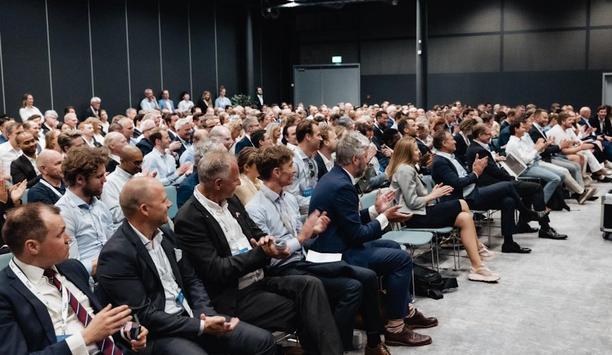The customer is one of the top fast fashion companies globally. Initially founded as a textile manufacturer, they are now a global brand with over 1000 stores around the world.
Challenge
The customer was battling with high intangible logistics costs along with concerns over 77% of cargo arriving at destination 10 days earlier than required. This was leading to overflow and capacity issues, as well as increased detention & demurrage – and the costs that come with it. They wanted to address these issues without compromising their supply chain efficiency while still maintaining a high delivery in full, on time.
As a logistics partner, Maersk had to devise an inventory flow control system to transport cargo with greater flexibility as per the market demands. This meant Maersk needed to utilise multiple shipping methods that would eventually contribute to business growth.
Maersk Solution
Maersk designed a 6-speed supply chain methodology that proposes how cargo should be moved using multiple speeds A huge part of the challenge was a result of the customer’s ‘push’ driven model that hindered their ability to maximise transport efficiency and effectiveness. Instead, we proposed a ‘model where the expected delivery date would dictate the shipping method to move cargo.
Maersk designed a 6-speed supply chain methodology that proposes how cargo should be moved using multiple speeds from origin to destination. Cargo will be shipped based on the required delivery dates using the most cost-efficient speed-to-market solution.
This not only lead to better container capacity utilisation but would also reduce the customer’s demurrage and detention charges, resulting in a more efficient, steady, and end-to-end flow of cargo.
Result
The strategy of using multiple shipping methods proved immensely successful and garnered the following results.
- 26% logistics spend reduction on China-European Trade
- 8% increase in container utilisation
- 4% container count reduction
- 99.99% delivered in full on time effect
Along with this, Maersk was also able to free up logistics costs to allow up to 36% of the total cargo volume to move via rail, if needed, reducing the weighted lead time by 40%.










